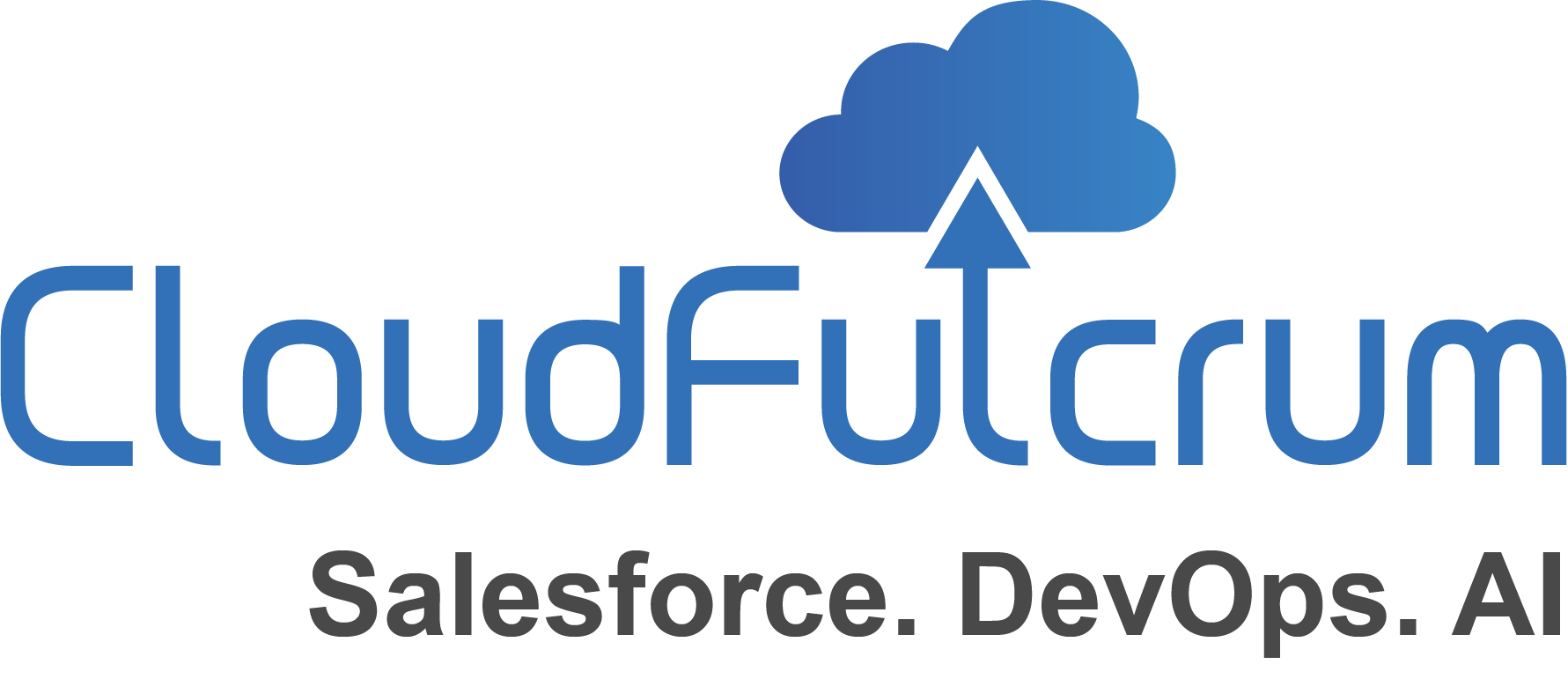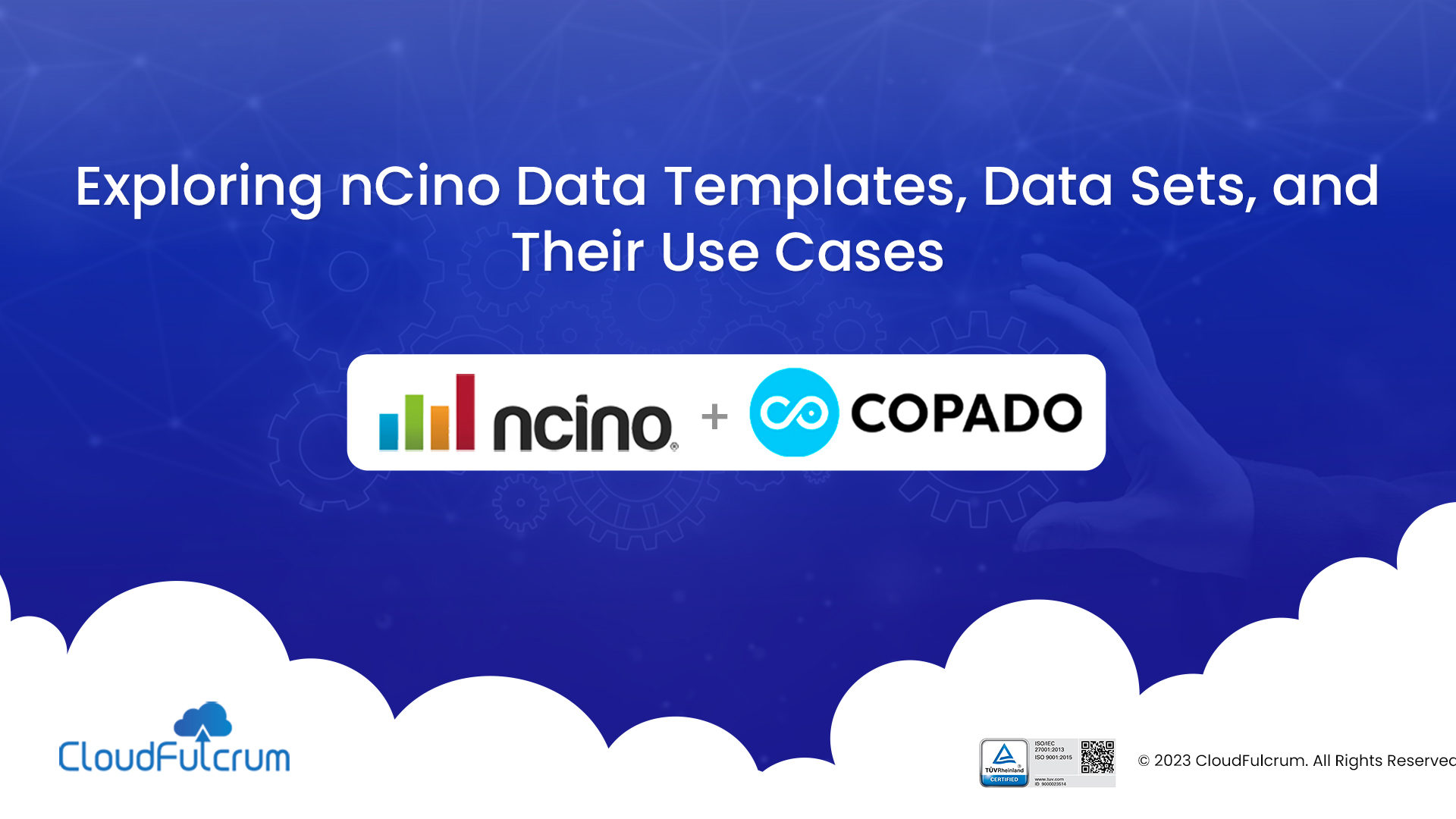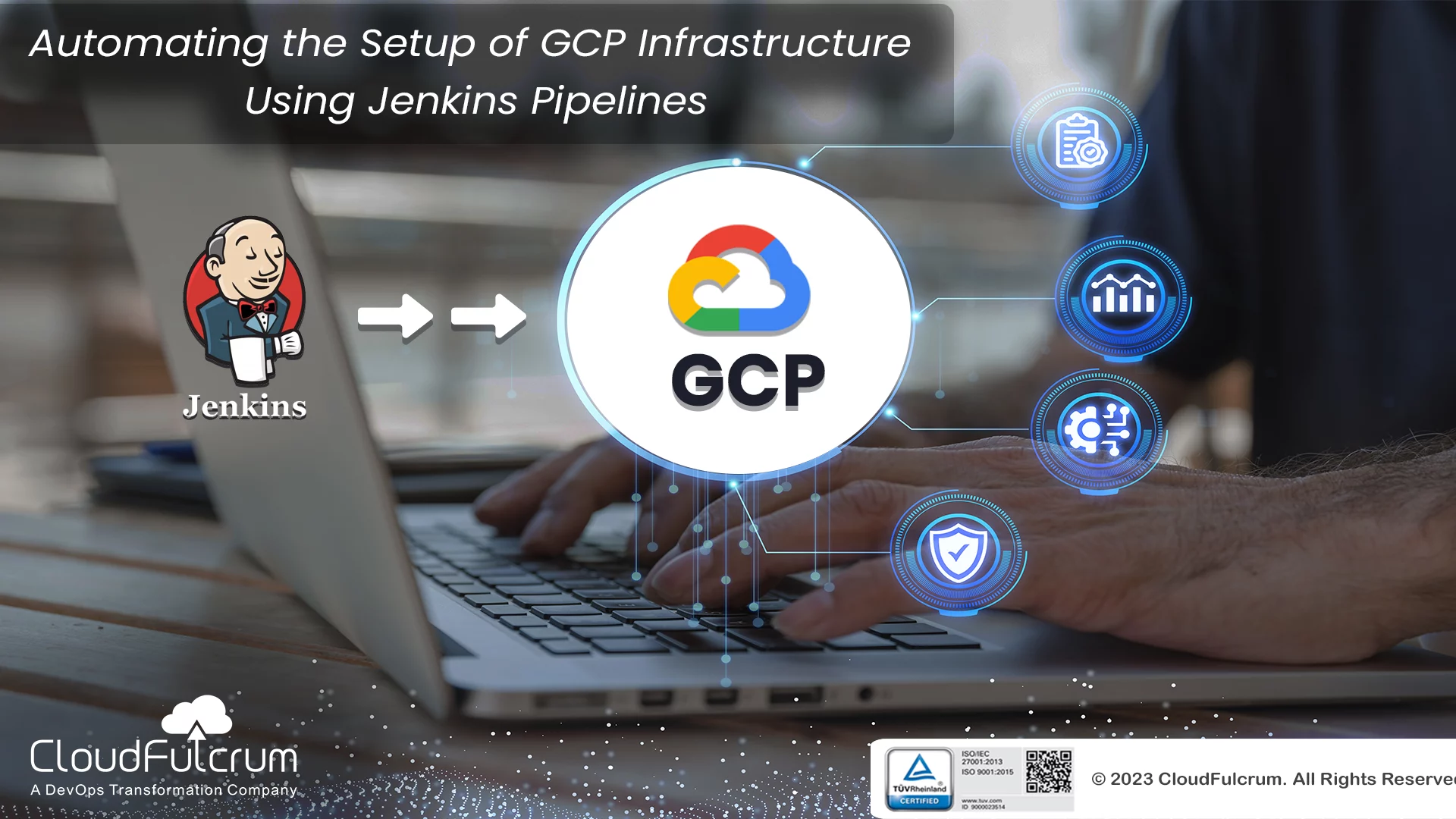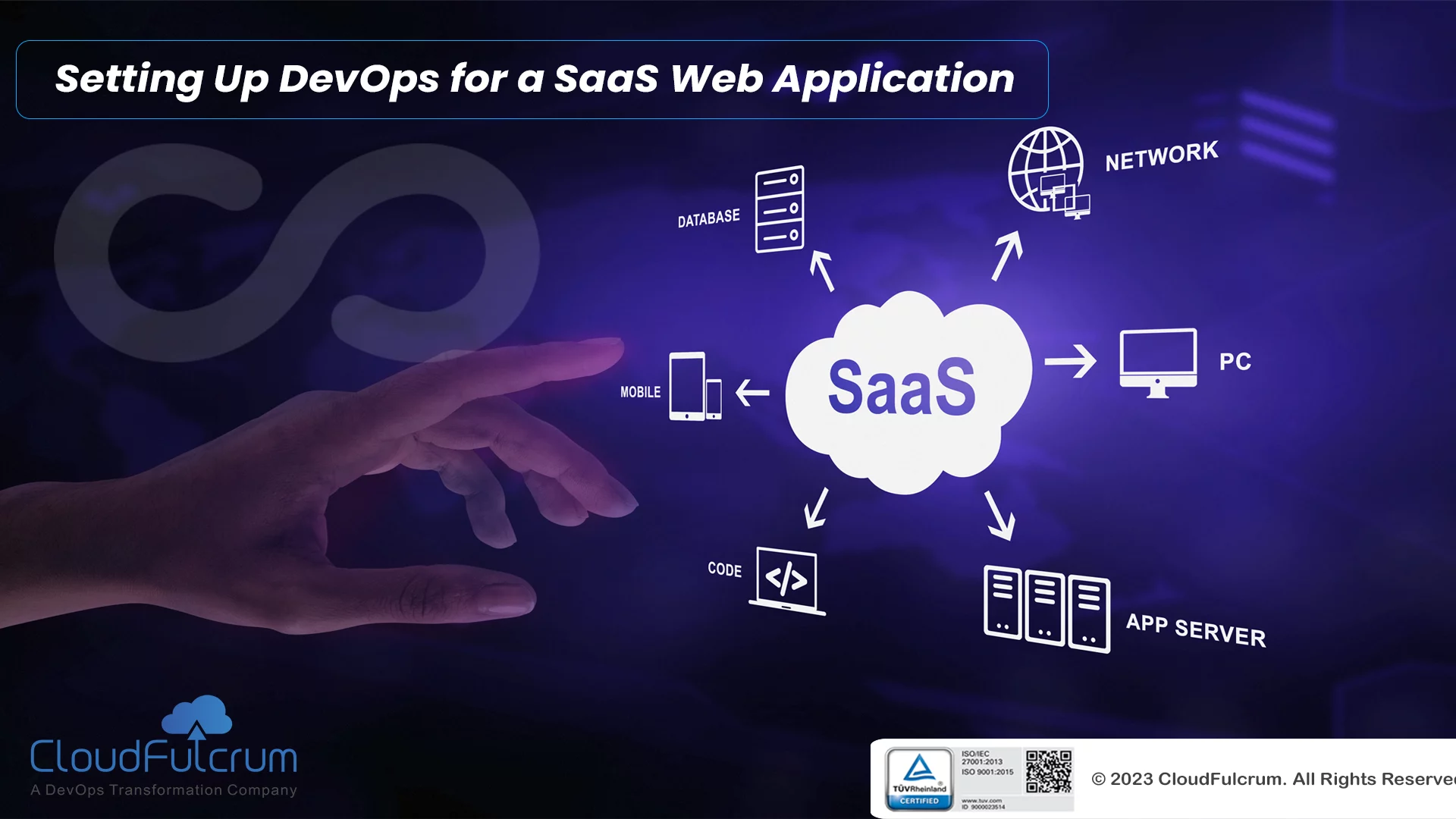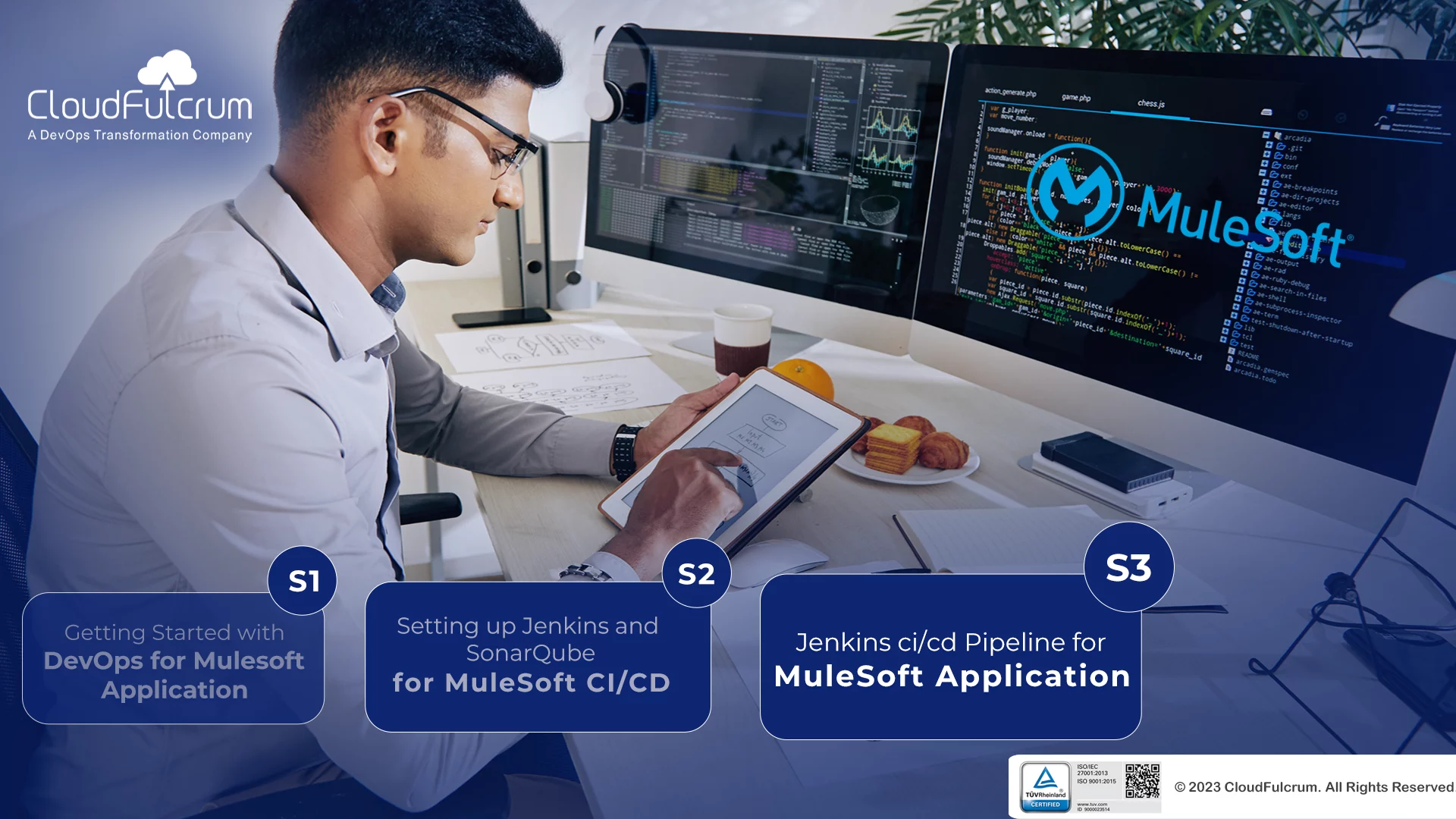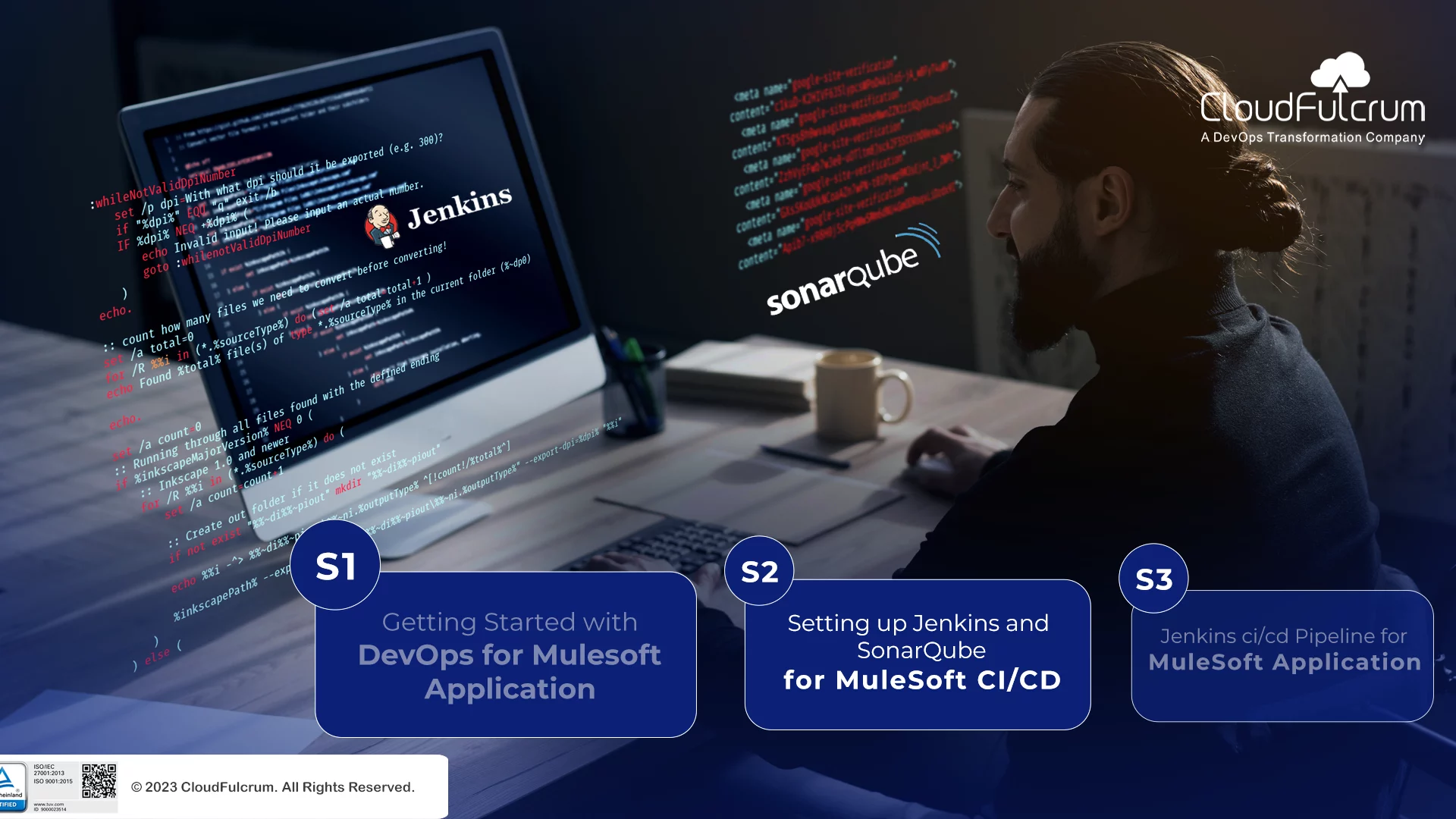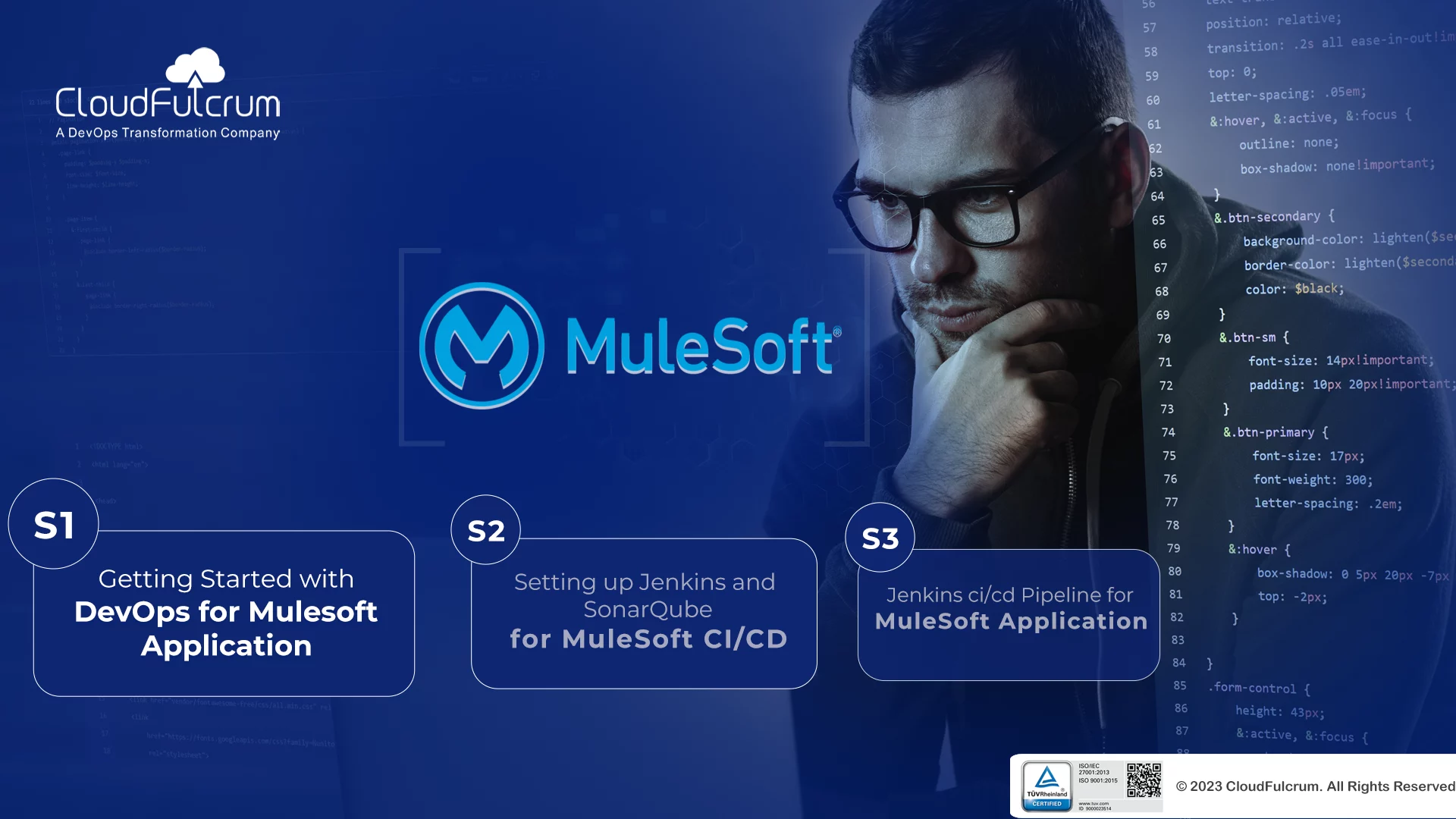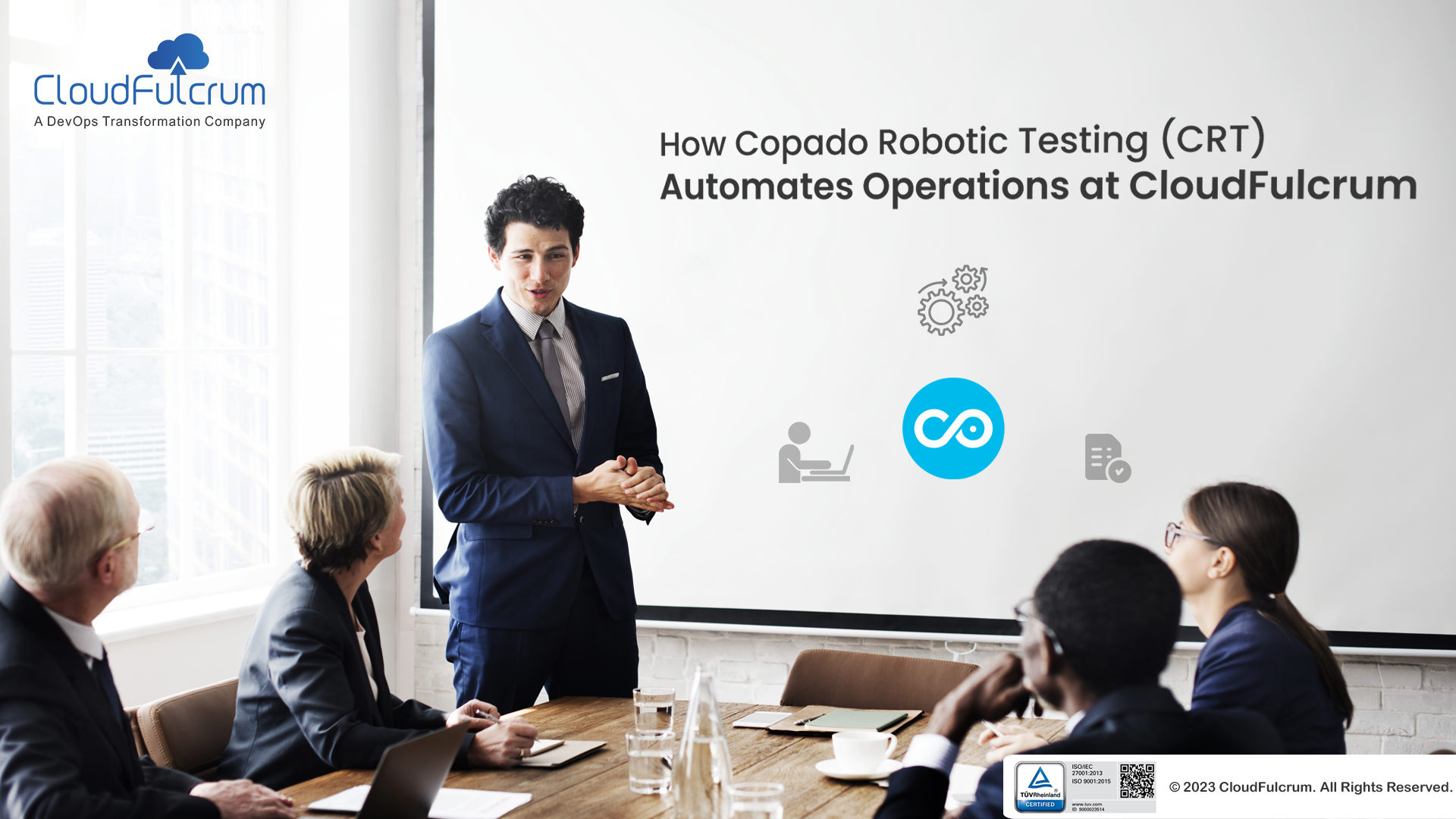Welcome to the second part of our guide on nCino data templates and data sets. In this blog, we’ll delve into creating and deploying nCino data templates and explore the concept of data sets and their use cases. In the first part, we covered essential information about nCino data templates, their advantages, and the steps...
Salesforce DevOps | Salesforce Consulting | Copado Services
Introduction: In today’s cloud-centric world, ensuring the security and scalability of your infrastructure is paramount. This comprehensive guide outlines the essential steps to set up SSL certificates for secure communication, implement autoscaling for efficient resource management, and utilize load balancing for optimal performance. Additionally, it covers the automation process through Jenkins pipelines for seamless infrastructure...
Introduction: In the ever-evolving landscape of software development, DevOps has emerged as a pivotal practice. It bridges the gap between development and operations, enabling teams to deliver high-quality software with agility. In this blog series, we’ll embark on a journey to set up a DevOps environment on Google Cloud Platform (GCP). For the next blog...
In the final blog of this series, we will guide you through the process of setting up Jenkins, a widely used automation server, In this installment, we will delve into the practical steps of configuring each stage of the pipeline and creating a Jenkins pipeline script that seamlessly orchestrates these stages. So, let’s get started!...
In the second part of our series (read the third part here), we delve deeper into the critical aspects of the development lifecycle that are essential for building robust MuleSoft applications. This blog will guide you through the process of effective version control using Git, setting up Jenkins for continuous integration and continuous deployment (CI/CD),...
Introduction MuleSoft is a robust integration platform that allows seamless connection between applications, data, and devices. In this first part of our blog series (read the second part here), we will guide you through the initial steps of building a MuleSoft application using Anypoint Studio and testing it locally. Let’s dive in! Step 1: Create...
Over the years, Salesforce has evolved from merely a place for storing data and tracking opportunities to becoming a driving force for enterprises to propel their business. There are now millions of integrations, workflows, and custom input fields within Salesforce to improve processes and functionalities. With so much business riding on Salesforce, it’s imperative to...
In today’s fast-paced digital world, businesses are constantly looking for ways to streamline their operations and increase efficiency. Salesforce CPQ (Configure, Price, Quote) is a powerful tool that allows companies to automate their pricing and quoting processes, reducing errors and saving valuable time. However, as with any software implementation, testing is a crucial step to...
Introduction CloudFulcrum is taking a significant step towards accelerating Salesforce development by implementing Copado Robotic Testing (CRT) in their CRM platform. This innovative solution promises to enhance efficiency, reliability, and overall quality during the testing phase of their Salesforce projects. In this blog, we will explore how customization is done for various teams, including Sales,...
